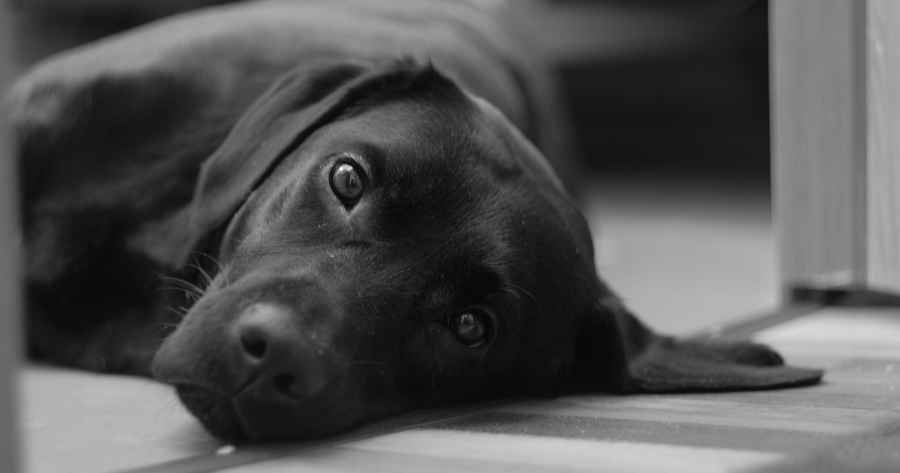As doting dog owners, we usually pick up on changes in our pooch’s toileting habits. Because let’s face it, when we’re the personal pooper scooper, it’s difficult not to! For many dogs it happens like clockwork, and it can be worrying when they don’t leave you their usual present.
But if your dog hasn’t pooed in more than 24 hours, that’s a clear sign something’s not quite right. Which is why it’s a good idea to be aware of the symptoms and things you can do to help your pup feel their normal selves again.
Causes of constipation in dogs
Constipation in dogs can affect any pooch at any age. However, senior dogs are far more likely to suffer with constipation than young pups.
For our golden oldies, they may be more likely to suffer with bouts of constipation due to weaker abdominal muscles and reduced exercise.
For curious puppies, they’re more prone and at higher risk of swallowing inedible objects, which can cause a blockage in the intestines, leading to puppy constipation. Because we all know how much puppies love to chew and swallow everything in sight!
For pooches young and old, dietary factors like digestibility, eating inappropriate food and fibre levels can sometimes have an impact too.
There are many possible reasons for constipation in dogs, and here are a few more:
- Dehydration
- Too much or too little fibre
- Lack of exercise
- Ingesting foreign bodies
- Blocked or infected anal glands
- Side effect of medication
- Neurological disorder
- Lameness in the back legs causing difficulty balancing
- Masses or tumours
Symptoms
If you notice your dog is struggling to poo and it goes on for more than 24 hours, you should always see your vet for advice. Here are a few common signs of constipation in dogs:
- Hard and dry stools
- Straining
- Crying or whimpering while toileting
- Tense tummy muscles
- Repeatedly crouching to poo
- Lack of appetite
Related blog: What to do if your dog has stinky poos
How to help a constipated dog
There are a number of things you can do to ease your dog’s discomfort. Below are both treatments your vet may prescribe, as well as steps you can take at home.
Dog laxatives – Laxatives can help soften your dog’s poo and get things moving again. However, only use specific dog laxatives that have been prescribed by your vet. Never give your dog human laxatives as these can be far too strong and create further complications.
Enema – In more severe cases, your vet may advise your pooch undergo an enema to help push out the blockage. Never try this yourself at home – this should only be carried out by a veterinary professional.
Keep them hydrated – Ensure your dog has access to plenty of fresh water to keep them hydrated. By encouraging your dog to drink throughout the day this can alleviate symptoms. You may also find switching to a wet dog food can also help.
Increase exercise – Getting your dog’s whole body moving can give their intestines a jump start too. Introduce another daily walk into their routine, or try some high intensity exercise like dog agility or flyball. Not only is it good for your dog’s physical health, they’re a great mental workout too!
Offer the right diet and schedule – Getting your pup’s feeding routine right is key to their overall wellbeing. Depending on the cause of your dog’s constipation, adding more or less fibre into their diet can help reduce symptoms. You should also be mindful of offering a mix of nutrients so they get the right balance of goodness into their body.
Here at tails.com we can tailor your dog’s food to help keep those tummy troubles at bay. We take care of your dog’s digestion with their unique recipe, where we’ll also add prebiotics for healthy gut flora and adjust the fibre levels to suit your dog’s individual needs. So why not try your dog’s very own recipe for sensitive tums with the first month for 50% off. Head over here to sign up today.

